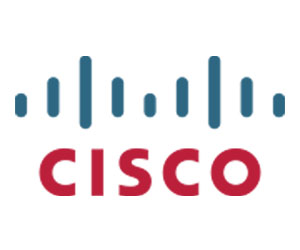A Strong Need for IT Modernization in Government Agencies
Still, Wall says, it is important for IT leaders to make the case for modernization, especially in situations where existing infrastructure may not only be dated but may also put performance, security and the quality of citizen services in jeopardy. In some cases, he says, government agencies are still using infrastructure that has been unsupported by its manufacturer for years. “That’s a land mine waiting to explode,” Wall says. “Something catastrophic is going to happen. These organizations are at risk of losing their data, and they’re not even going to be able to get help from their vendors.”
Wall notes that every environment is different, but he urges state and local IT leaders to look closely at their networking, storage and server environments to identify areas of concern and prioritize investments in modernization. For instance, he says, some agencies are still getting by with 1-gigabit networking infrastructure. “That’s archaic, but it’s something that we still see from time to time,” Wall says. “We’re at the point where 10Gb is really the minimum, and you won’t be able to implement certain services and solutions with anything less than that. If you’re still on 1Gb, you’d better get off it.”
EXPLORE: CDW’s white paper “IT Modernization Provides Better Outcomes for Citizen Services.”
Why Advanced Technology Infrastructure Components Is a Must
Wall also recommends that agencies consider whether flash storage, hyperconverged infrastructure or public cloud resources might meet their needs better than their existing infrastructure. The public cloud, he notes, is often a better fit than on-premises infrastructure for latency-sensitive citizen-facing applications with variable demand. All-flash storage arrays have become more affordable and make sense for most agencies to use in their production environments, Wall says. (Less expensive archival storage can still be used for rarely accessed data, such as body camera footage, he notes.) And hyperconvergence can both improve scalability and reduce management burdens for government organizations.
“Ultimately, city and state leaders want to use technology to make life better for their citizens,” Wall says. “To do that, they need to ask themselves what data they have and what insights they want to get from that information. Getting to that level requires modernized infrastructure.”
Brought to you by:













